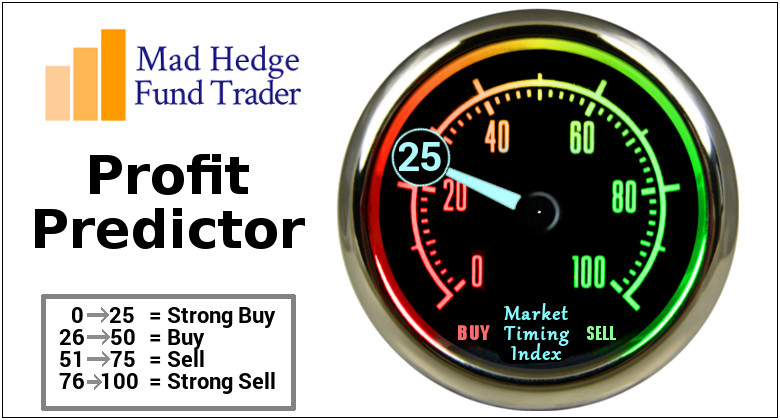Global Market Comments
October 20, 2025
Fiat Lux
Featured Trade:
(MARKET OUTLOOK FOR THE WEEK AHEAD, or BUY THE BLACK SWANS)
(GS), (TSLA), (MSTR), (MS), (NFLX), ($VIX), (SCHW), (ZION), (USO), (GLD)
Global Market Comments
October 20, 2025
Fiat Lux
Featured Trade:
(MARKET OUTLOOK FOR THE WEEK AHEAD, or BUY THE BLACK SWANS)
(GS), (TSLA), (MSTR), (MS), (NFLX), ($VIX), (SCHW), (ZION), (USO), (GLD)
"If there were no way to short stocks, the probability of stock market bubbles would be much greater," said hedge fund manager Bill Ackman of Pershing Square.
Global Market Comments
October 17, 2025
Fiat Lux
Featured Trade:
(OCTOBER 15 BIWEEKLY STRATEGY WEBINAR Q&A),
(GLD), (SPX), (SLV), ($INDU), (GS), (PLTR), (UUP),
(FSLR), (ENPH), (NVDA), (AMD), (NFLX), (BTC)

“At some point in 2019, knuckles are going to be turning white, and we'll see whatever rabbits Janet Yellen is going to have to pull out of her hat,” said David Rosenberg of Gluskin, Sheff & Associates.
Global Market Comments
October 14, 2025
Fiat Lux
Featured Trade:
(HOW TO HANDLE THE FRIDAY, OCTOBER 17, OPTIONS EXPIRATION),
(GS), (JPM)
“I am not so much an inventor of new ideas than a sponge,” said Thomas Edison.
Global Market Comments
October 13, 2025
Fiat Lux
Featured Trade:
(MARKET OUTLOOK FOR THE WEEK AHEAD, or A FRIDAY AFTERNOON SURPRISE)
($INDU), (SPY), (GLD), (TLT), (USO), ($VIX),
(GS), (MSTR), (TSLA), (NFLX), (IBKR)
"If I had a ticket to Heaven, and you didn't have one, I'd give it away and go to hell with you," said president Ronald Reagan to retiring House Majority leader Tip O'Neal.
Global Market Comments
October 10, 2025
Fiat Lux
Featured Trade:
(PROSHARES ULTRA SILVER ETF LEAPS),
(AGQ)
Global Market Comments
October 9, 2025
Fiat Lux
Featured Trade:
(RIGHT-SIZING YOUR TRADING)
Legal Disclaimer
There is a very high degree of risk involved in trading. Past results are not indicative of future returns. MadHedgeFundTrader.com and all individuals affiliated with this site assume no responsibilities for your trading and investment results. The indicators, strategies, columns, articles and all other features are for educational purposes only and should not be construed as investment advice. Information for futures trading observations are obtained from sources believed to be reliable, but we do not warrant its completeness or accuracy, or warrant any results from the use of the information. Your use of the trading observations is entirely at your own risk and it is your sole responsibility to evaluate the accuracy, completeness and usefulness of the information. You must assess the risk of any trade with your broker and make your own independent decisions regarding any securities mentioned herein. Affiliates of MadHedgeFundTrader.com may have a position or effect transactions in the securities described herein (or options thereon) and/or otherwise employ trading strategies that may be consistent or inconsistent with the provided strategies.
